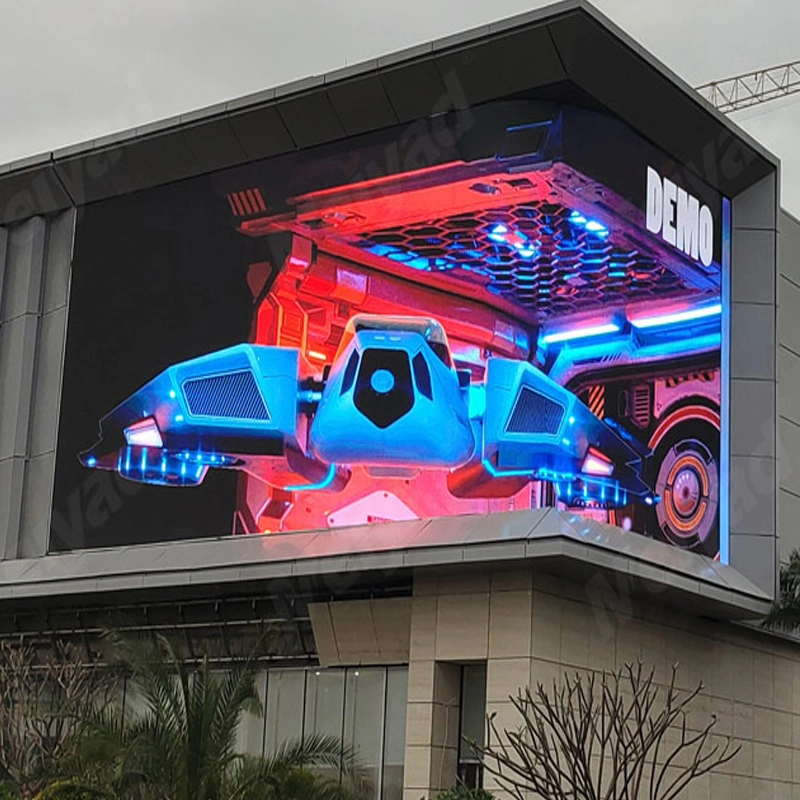
Introduction and use of outdoor LED digital signage.
1. What is Outdoor LED Digital Signage?
Outdoor LED digital signage is an electronic display device designed for outdoor environments, utilizing LED (Light Emitting Diode) technology to present text, images, videos, and other information. Compared to traditional static billboards, LED digital signage has the advantage of dynamic display, allowing for real-time content updates to convey vivid and engaging information and advertisements. Its high-definition display and all-weather capability make outdoor LED digital signage a vital tool for modern outdoor advertising and information dissemination.
With its exceptional brightness, robust protection features, and remote intelligent control, outdoor LED digital signage is widely used in commercial advertising, traffic information broadcasts, city management, entertainment events, and more, helping to enhance communication efficiency and capture the attention of a broader audience.
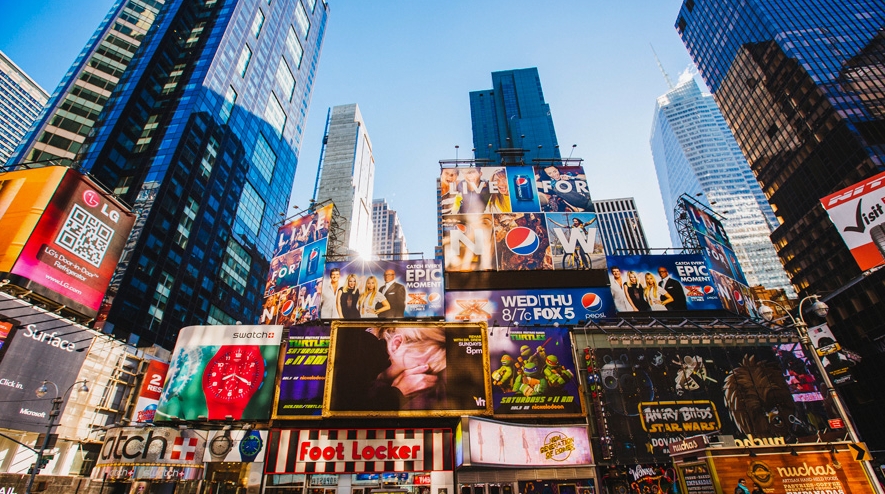
2. Features of Outdoor LED Digital Signage
2.1 High Brightness and All-Weather Visibility
One of the primary features of outdoor LED digital signage is its high brightness, typically reaching 5,000 to 10,000 nits or more, ensuring clear content display even under direct sunlight. Whether day or night, in sunny or cloudy weather, LED digital signage provides excellent visibility to attract passers-by.
2.2 Weather Resistance and Protection Rating
Outdoor LED digital signage is usually highly weather-resistant, capable of stable operation in extreme weather conditions, including high and low temperatures, heavy rain, and dust storms. This is due to the high protection rating, such as IP65 or above, ensuring that the screen and internal components are waterproof, dustproof, and corrosion-resistant, suitable for long-term outdoor use.
2.3 Dynamic Display and Flexible Content Updates
Unlike traditional billboards that can only display fixed images or text, LED digital signage supports various dynamic content formats, including video, animation, and scrolling text. Businesses or public entities can flexibly adjust the displayed content to suit their needs, achieving real-time updates to ensure timely information delivery. 8 differences between LED digital signage and traditional signage.
2.4 Remote Control and Intelligent Management
Modern outdoor LED digital signage typically supports remote control, allowing users to manage signage remotely via a computer or mobile device connected to a network. This intelligent management approach enables advertisement content or information broadcasts to be updated in seconds, significantly improving operational efficiency.
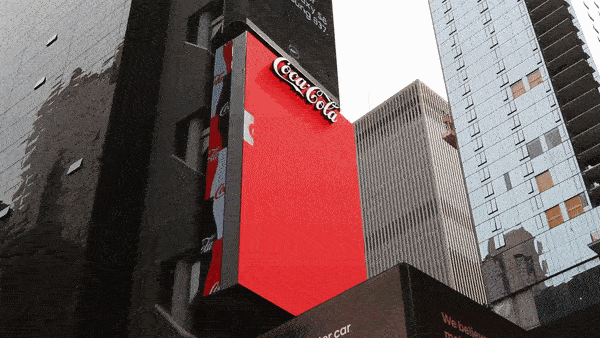
3. Technical Specifications of Outdoor LED Digital Signage
3.1 Resolution and Pixel Pitch
The display quality of outdoor LED digital signage is directly related to its pixel pitch. Pixel pitch refers to the distance between LED light points; the smaller the pitch, the higher the screen resolution, and the clearer the image display. Common pixel pitches for outdoor signage range from P10 (10mm) to P20 (20mm), depending on the viewing distance and application requirements. Here is a guide to selecting the spacing of LED displays.
3.2 Brightness and Contrast Ratio
Brightness is a critical parameter for outdoor LED digital signage, directly affecting its visibility under different lighting conditions. Typically, the brightness of outdoor signage ranges from 5,000 to 10,000 nits, ensuring visibility under strong light. Additionally, contrast ratio significantly affects image quality, with higher contrast enhancing depth perception and visual impact.
3.3 Protection Rating (IP Rating)
Outdoor environments are highly variable, so outdoor LED digital signage must have a high protection rating to shield against dust and water. The IP rating represents the device’s dust and water resistance, and outdoor LED signage should generally have an IP65 or higher rating to protect internal components from environmental elements. 5 minutes to understand the LED IP rating.
3.4 Power and Cooling Systems
Continuous operation of LED digital signage demands efficient power and cooling systems. Effective power management ensures a stable power supply while minimizing energy consumption, and a good cooling system extends device lifespan by preventing display issues or component failure due to overheating.
4. Installation and Maintenance of Outdoor LED Digital Signage
4.1 Installation Methods and Structural Requirements
Outdoor LED digital signage installation typically requires selecting an appropriate structure for the specific application. Common installation methods include pole-mounted, wall-mounted, and suspended. To ensure safety and stability, installation must consider environmental factors such as wind and seismic resistance, with sturdy support structures.
4.2 Power Management and Wiring
Outdoor LED digital signage usually requires a dedicated power supply, with safe, well-protected installation of power and data cables. Lightning protection is also essential, especially in areas prone to thunderstorms, to prevent damage to the power system.
4.3 Maintenance and Cleaning
The outdoor environment can lead to dust and pollutants accumulating on the LED screen surface, so regular cleaning is essential for optimal display performance. Key internal components, such as power supplies and driver chips, should also undergo regular inspections to ensure efficient operation.
4.4 Troubleshooting and Diagnostics
Modern LED digital signage is often equipped with automatic monitoring systems to track operational status, reporting faults or abnormal conditions in real-time. When issues arise, maintenance personnel can quickly diagnose and resolve problems through remote diagnostics or on-site repair, minimizing downtime.
5. Applications of Outdoor LED Digital Signage
5.1 Commercial Advertising
Outdoor LED digital signage is widely used in commercial advertising, especially in high-traffic areas like city centers and shopping malls. Its dynamic, high-definition display captures the attention of potential customers, making advertisements more engaging and impactful. Here is the price range for commercial LED displays.
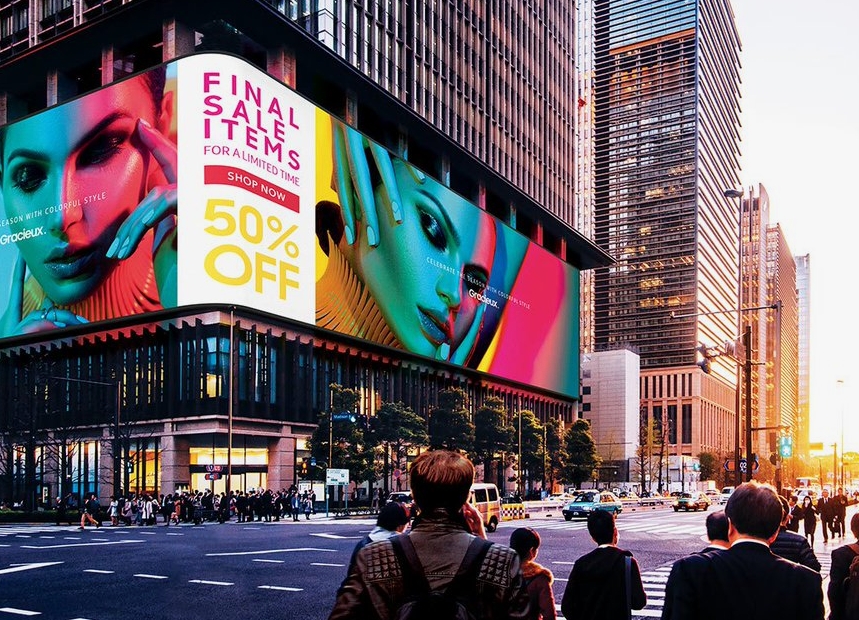
5.2 Public Information Broadcasting
Government and public institutions frequently use LED digital signage to broadcast public information, such as traffic updates, emergency notifications, and weather forecasts. With its instant updates and wide coverage, LED signage is ideal for public information dissemination.
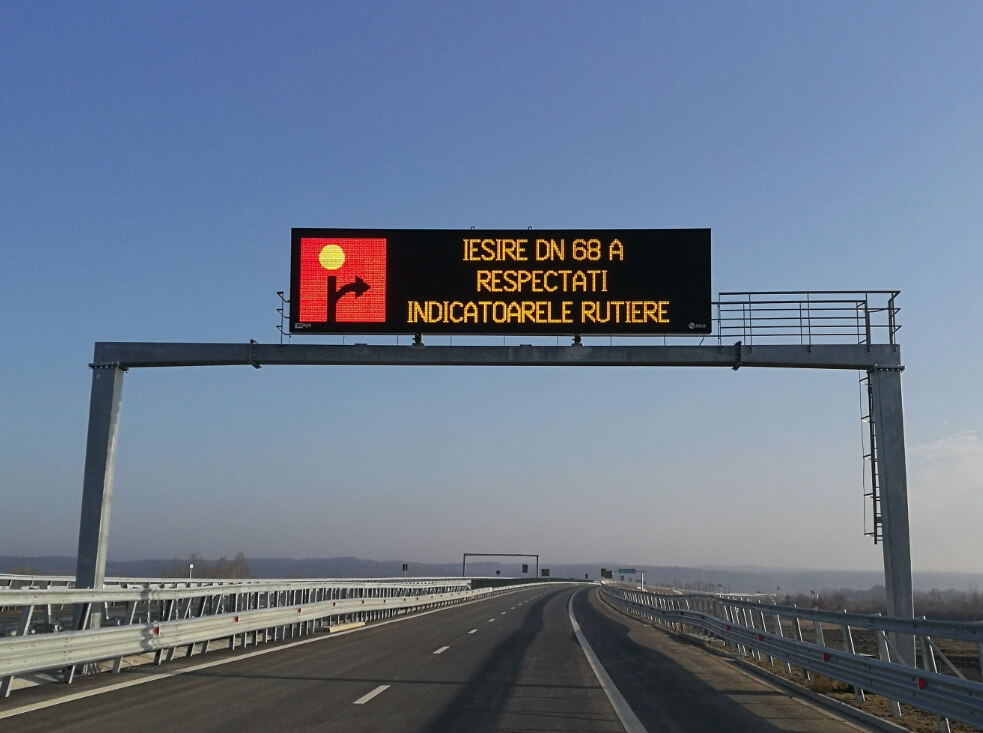
5.3 Traffic Management and Safety
Outdoor LED digital signage is also used in traffic management, such as electronic signs on highways and traffic signals on urban roads. These digital signs provide dynamic information to help drivers stay informed about road conditions and traffic changes, enhancing road safety and management efficiency.
5.4 Large Events and Sports
At stadiums, festivals, and other large events, outdoor LED digital signage is an essential tool for displaying information and engaging the audience. By displaying real-time event updates, live broadcasts, or event details, LED signage enhances audience participation and the overall event experience.
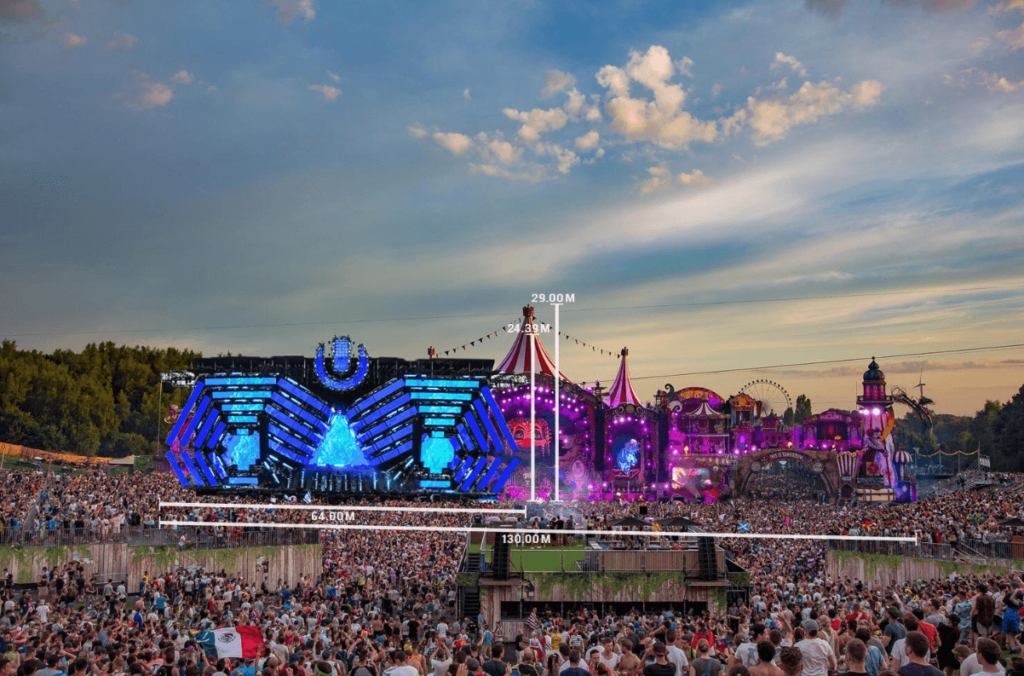
6. Market Trends and Future Prospects
6.1 Smart Advertising and Data Analytics
One key development trend for outdoor LED digital signage is the adoption of smart advertising systems. By integrating data analytics and AI, signage can dynamically adjust content based on audience behavior, weather, and time, improving advertising accuracy and effectiveness.
6.2 Applications of Interactive Technology
With advancements in interactive technology, more outdoor LED digital signage is integrating interactive features, such as touch screens and gesture control. This allows audiences to interact with content, enhancing engagement and making advertisements more appealing.
6.3 Eco-Friendly and Energy-Saving Trends
Energy efficiency and environmental friendliness are also significant trends in outdoor LED digital signage. By adopting low-power LED lights and efficient power management systems, the energy consumption of signage is further reduced, aligning with green market demands.
7. Introducing the ARES series: a new generation of outdoor digital signage solutions
Highlights:
Cost savings: The new DOOH (digital outdoor) solution can save up to 50% of operating costs, including transportation, labor and steel structure costs.
Luxury appearance: Provides an immersive viewing experience and is suitable for a variety of application scenarios, such as billboards, landmarks, street displays, digital signage, traffic billboards, arena displays, etc.
Stable and reliable: Professional design ensures superior image quality, with a brightness of up to 10,000 nits, 50% energy saving, and a refresh rate of up to 3840Hz, providing the best moment for naked-eye 3D image enhancement.
Technical specifications:
Pixel pitch: Provides a variety of options, from P3.9mm to P10.4mm, to meet different clarity requirements.
LED type: Adopt SMD1921 or SMD2727 to ensure high brightness and color performance.
Pixel density: From 65,410 dots per square meter to 9,227 dots per square meter, adapt to different viewing distances.
Module size: unified 500×250mm, easy to install and maintain.
Module resolution: multiple resolution options are available depending on the pixel pitch.
Panel size: 1000x1000mm, 1000x750mm, 1000x500mm are available to flexibly match different projects.
Panel resolution: corresponding resolution is provided according to panel size and pixel pitch.
Power consumption: maximum 200W, average 600W, energy-saving and efficient.
Material: aluminum profile, light and durable.
Panel weight: only 20KG per square meter, easy to install.
Brightness: 6500 to 10000 nits, suitable for outdoor strong light environment.
Grayscale level: 16 bits, providing rich color performance.
Input voltage: 110-220V, 50-60Hz, suitable for voltage standards in different regions.
Refresh rate: 3840Hz, ensuring dynamic images without flickering.
Working temperature: -20°C to +60°C, adaptable to various climate conditions.
Protection level: IP65, dustproof and waterproof, suitable for outdoor use.
Certification: ETL/FCC/CE/CCC, in line with international safety and environmental standards.
Installation and maintenance:
Cooling system: Good cooling system to ensure stable operation of the equipment.
Structural design: Simple structural design, easy to maintain, supports front and rear maintenance, wall-mounted installation.
In summary, outdoor LED digital signage has become a core tool in outdoor advertising and public information dissemination due to its high brightness, dynamic display, weather resistance, and intelligent management features. With continued technological advancements, its applications are expected to expand further, providing audiences with increasingly diverse visual experiences.